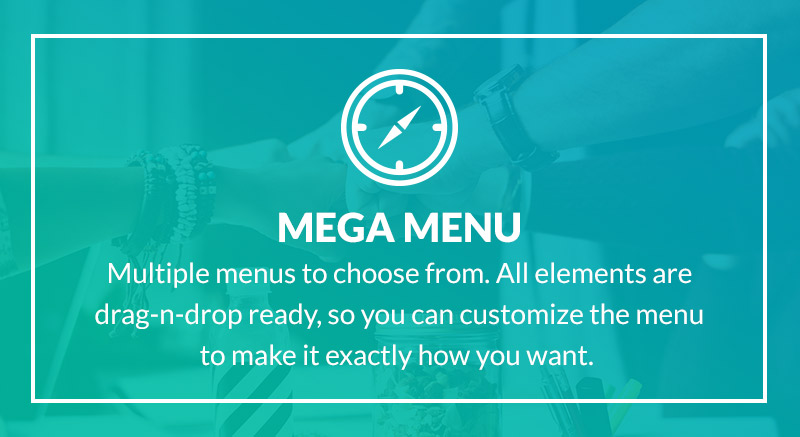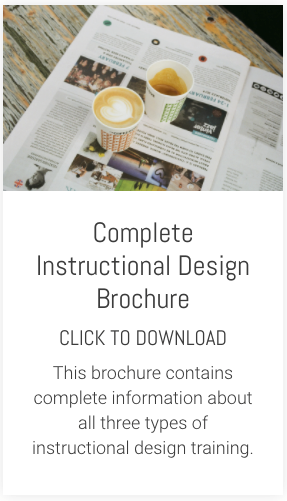Looking into the L&D world from the outside, it’s tempting to think that more is better. More slides, more content, more detail. After all, if learners have all the information, they’ll surely be more successful, won’t they?
But anyone who’s worked in L&D knows that is rarely true. It's information or content overwhelm that can discourage learners from implement learning successfully; too much information rather than not enough of it.
Typically, they don’t need more information, but they could surely benefit from more relevant and better-structured information. And that’s where a simple but immensely powerful design principle comes in. The principle of chunking with relevance.
My Early Introduction: Information Mapping
I was first introduced to the principle of chunking with relevance through a methodology called Information Mapping. It’s a structured way of presenting information that relies heavily on breaking content down into smaller, clearly defined units.
With good reason. There’s plenty of evidence to suggest that we all (not just learners) process and understand information much more easily when it’s organised into meaningful, focused “chunks.”
Even outside of the framework of a formal methodology like Information Mapping, chunking with relevance is something all of us in L&D should be aiming to apply.
Fundamentally, chunking with relevance helps shift us from a mindset of, ‘what do I need to tell them’, to a more learner-focused approach that considers two things: ‘what do they need to know’ and ‘what will be manageable for them to process’.
Why Chunking Works: The Cognitive View
The roots of chunking with relevance lie in cognitive psychology. We don’t have unlimited working memory. So, when information is presented in large, unstructured blocks, our brains struggle to process it.
Chunking with relevance reduces that cognitive load by grouping information into smaller, meaningful units. This makes it easier for learners to:
- Understand new material as it’s introduced.
- See the relationships between pieces of content.
- Retain and recall knowledge more successfully.
Chunking with relevance doesn’t guarantee perfect recall, but it does make initial comprehension much, much easier.
A Principle Shared with AI
Interestingly, chunking isn’t just good for us. It’s also vital for AI systems like GPTs.
For example, when you create a knowledge base for a custom GPT, dumping in a 100-page PDF won’t produce great results.
The GPT will work better when the information is broken down into smaller chunks. Each chunk gives the AI clearer context, helping it generate more accurate and relevant responses.
In other words: both humans and machines process information better when it’s structured thoughtfully. It’s a reminder that chunking is a universal design principle, not just a quirk of instructional theory.
Why This Matters for L&D Now
Learners often face information overload at every turn — in their jobs, in their inboxes, and even in the learning materials we create. If we want our learning interventions to be effective, we can’t add to that overload.
Applying chunking with relevance is one of the simplest ways to reduce the cognitive burden. It helps learners see the signal in the noise. It makes content usable rather than intimidating. And crucially, it demonstrates the value that L&D brings: not by producing more information, but by structuring it in a way that is meaningful and relevant.
And if you’re curious to find out a bit more about the importance of chunking for AI, take a look at this week’s diary post











